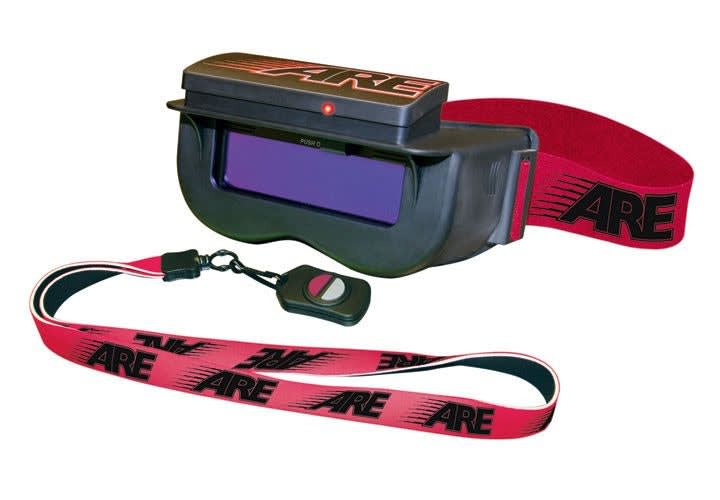In addition to giving an officer valuable seconds to react and end a threat, this type of training can help in litigation.
"If there's ever a bad shooting, if you go to court, they'll ask if you fire every time in training," says Bolen. "If you train with our product you can say, 'I don't fire my weapon every time on the range.' It's not like it's automatic that you shoot."
Another benefit of the goggles is cost. Individually, each pair costs $695, but if you buy more than one they're $595 each. They run on two AAA batteries, which last for 6,000 openings and closings. The device also turns itself off to save battery power and prolong its life.
Because ARE Innoviations' training goggles are self-contained, they can be used at any live fire range with any type of target or weapon. The only additional part of the system is a remote control that a law enforcement trainer can use to simultaneously operate up to 100 pairs of ARE goggles up to 60 feet away. The goggles feature molded ABF plastic, a shatter-resistant lens, water-resistant electronics, and a heavy 1.5-inch sports strap. They can be used over glasses, including prescription lenses.
Additional uses include SWAT training to simulate tactical situations and suspect recognition. A trainer can "open" an officer's goggles for a certain number of seconds to view a "suspect" and see if the officer can remember all of the person's identifying information in that amount of time to improve recall. But the goggles' primary function is tested on the range.













